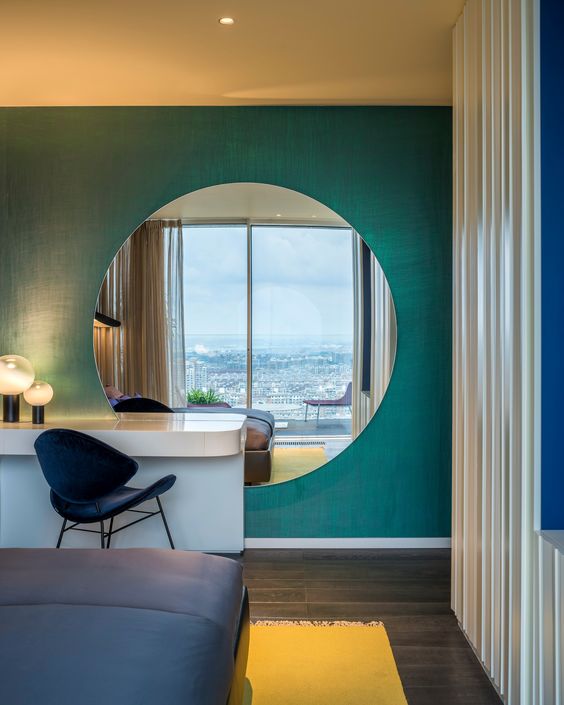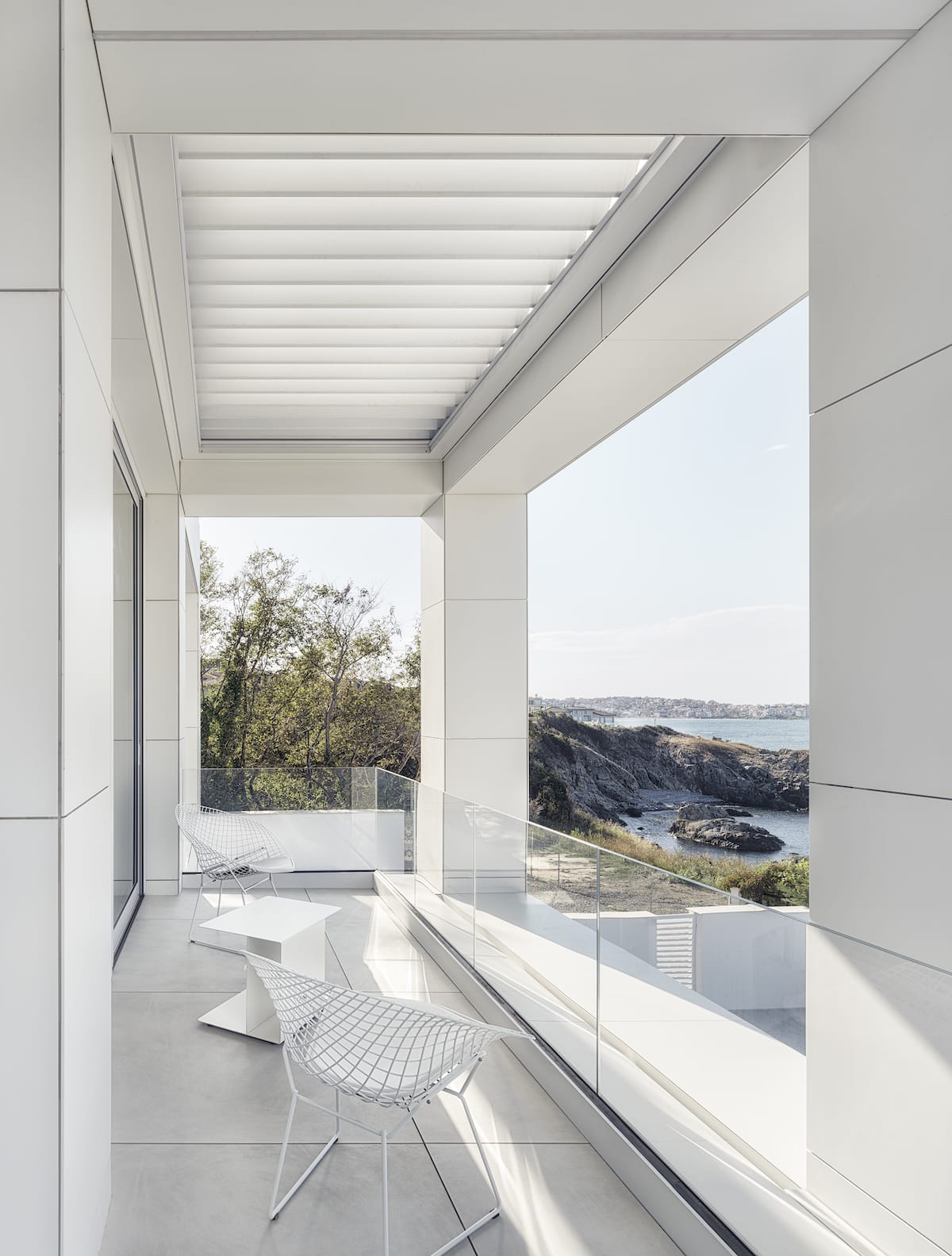- Home
- Articles
- Architectural Portfolio
- Architectral Presentation
- Inspirational Stories
- Architecture News
- Visualization
- BIM Industry
- Facade Design
- Parametric Design
- Career
- Landscape Architecture
- Construction
- Artificial Intelligence
- Sketching
- Design Softwares
- Diagrams
- Writing
- Architectural Tips
- Sustainability
- Courses
- Concept
- Technology
- History & Heritage
- Future of Architecture
- Guides & How-To
- Art & Culture
- Projects
- Interior Design
- Competitions
- Jobs
- Store
- Tools
- More
- Home
- Articles
- Architectural Portfolio
- Architectral Presentation
- Inspirational Stories
- Architecture News
- Visualization
- BIM Industry
- Facade Design
- Parametric Design
- Career
- Landscape Architecture
- Construction
- Artificial Intelligence
- Sketching
- Design Softwares
- Diagrams
- Writing
- Architectural Tips
- Sustainability
- Courses
- Concept
- Technology
- History & Heritage
- Future of Architecture
- Guides & How-To
- Art & Culture
- Projects
- Interior Design
- Competitions
- Jobs
- Store
- Tools
- More

Effects of Architecture on Mental Health
Architecture can have a significant impact on mental health, both positively and negatively. The built environment can shape our experiences, influence our mood and emotions, and affect our overall well-being. For instance, exposure to natural light has been shown to improve mood, reduce stress levels, and support circadian rhythms. Buildings with large windows, skylights, and other forms of natural light can help to promote a sense of well-being and connection to the outside world. In addition, some studies have shown that biophilic design can reduce stress, improve cognitive function, and promote feelings of happiness and well-being.
We know that colors and textures can have a significant impact on phsycology and emotions. Warm colors, such as reds and oranges, can promote feelings of energy and excitement, while cool colors, such as blues and greens, can promote relaxation and calmness. Similarly, the use of texture and pattern can create a sense of comfort and familiarity.
The level of noise and acoustics within a building can have a significant impact on mental health care environments. Excessive noise levels can lead to stress, irritability, and fatigue, while quiet spaces can promote relaxation and focus. Acoustical design can help to reduce noise levels and improve the overall acoustic quality of a building. Architects should give some places for artwork in architectural spaces. The artworks, murals, and other forms of creative expression can have a positive impact on mental health by providing visual interest and creating a sense of identity and purpose.
Improving Mental Health with Space
Architecture has the power to shape our daily experiences and affect our mental and emotional well-being. In recent years, there has been a growing interest in the relationship between architecture and mental health, with architects and designers working to create spaces that promote well-being, reduce stress, and support positive mental states. In this article, we will explore how architecture can improve mental health and some of the key design principles that are being used to create healthier spaces. Learn how architecture can improve mental health and find support through the social anxiety hotline.

One of the main ways that architecture can improve mental health is by creating environments that promote feelings of safety, comfort, and security. But this type of security is different from what you get from receiving a secure text from healthcare businesses, as we’re focusing more on the building itself. For example, buildings with natural light, good ventilation, and views of nature have been shown to have a positive impact on mood and stress levels. Similarly, buildings that provide access to outdoor spaces and incorporate elements of biophilic design, such as plants and natural materials, can help to reduce feelings of isolation and anxiety.
Another important design principle that can support mental health is the use of color, texture, and pattern. Research has shown that colors can have a significant impact on mood, with certain hues and shades associated with calmness, relaxation, and happiness. Similarly, the use of texture and pattern can create a sense of comfort and familiarity, particularly when they are used in a consistent and harmonious way.

The layout and organization of space can also play a role in supporting mental health. For example, spaces that are organized around a central gathering area, such as a courtyard or a common room, can promote social interaction and a sense of community. Similarly, spaces that are designed with clear circulation paths and visual connections can help to reduce feelings of confusion and disorientation.
Also, the use of art and design elements can have a positive impact on mental health by providing visual interest and creating a sense of identity and purpose. Artwork, murals, and other forms of creative expression can help to create a welcoming and inspiring environment, while also serving as a form of self-expression and empowerment.

We can say that architecture has the power to shape our mental and emotional well-being, and designers and architects are increasingly focused on creating spaces that support positive mental states. By incorporating natural light, biophilic design, color, texture, and pattern, thoughtful organization of space, and creative expression, architects can help to create spaces that promote mental health and support well-being. As we continue to explore the relationship between architecture and mental health, we can expect to see even more innovative and effective design solutions in the years to come.

Submit your architectural projects
Follow these steps for submission your project. Submission FormLatest Posts
The Ultimate Guide to Fencing in North Dakota: Choosing the Best Fence for Your Property
Watching a chain link fence twist in 70 mph winds near Minot...
Gaudí: Where Architecture Meets Science
Gaudí: Where Architecture Meets Science shows catenary arches, ruled surfaces, and biomimicry...
How Housing Market Forces Shape Architectural Design Today
Architecture never exists in isolation. Buildings rise from a mix of ambition,...
Why Portable Formaldehyde Gas Detectors Matter on Construction Sites
As construction practices shift toward more enclosed and material-intensive environments, the risk...












Leave a comment